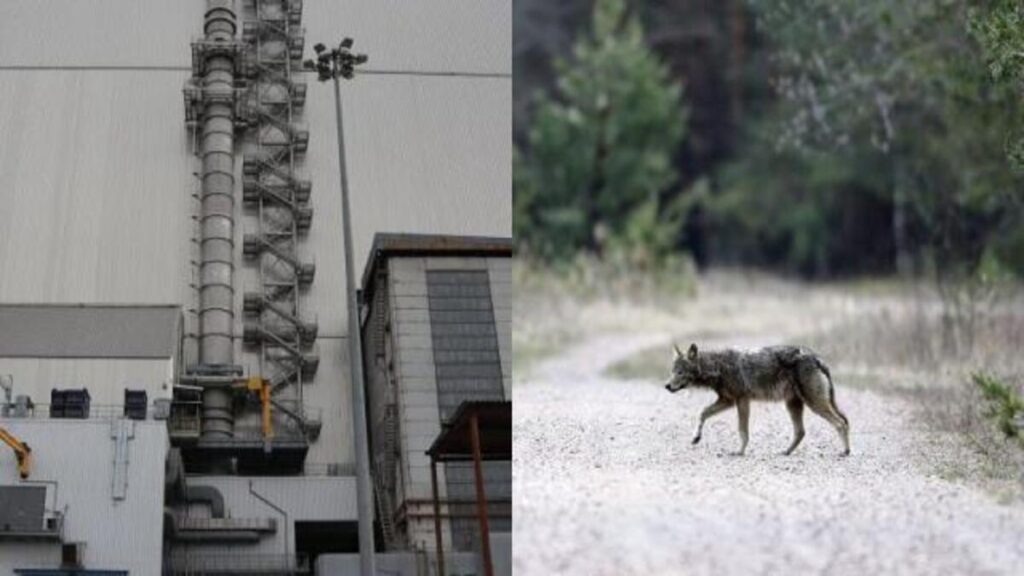
Following the catastrophic explosion of a nuclear reactor in 1986, Chernobyl became a highly radioactive zone, leading to the evacuation of 150,000 people and rendering the land uninhabitable for humans.
Despite the dangers, wildlife, including wolves, have thrived in this environment, exhibiting unexpected adaptations to the radiation. Wolves in the Chernobyl Exclusion Zone (CEZ) have developed anti-cancer genes, providing valuable insights into genetic resilience to radiation and offering potential breakthroughs in medical research.
Tragic History and Aftermath

The explosion at Chernobyl happened during a routine maintenance check where electrical control systems were shut down against safety regulations. Thirty people were killed in the immediate blast, and researchers speculate that the resulting radiation exposure may have killed thousands more. The catastrophic incident occurred on April 26, 1986, at the Chernobyl Nuclear Power Plant in the Ukrainian Soviet Socialist Republic, now part of Ukraine.
The explosion and subsequent fire released large amounts of radioactive particles into the atmosphere, contaminating vast land areas and causing long-term health and environmental consequences.
One hundred fifty thousand people were evacuated from the immediate area and surrounding towns, forced to leave their homes, belongings, and way of life behind. Even today, 50 years later, the region remains too radioactive for humans to survive, making the wolves and other animals that inhabit the area more fascinating.
An Unlikely Haven for Wildlife
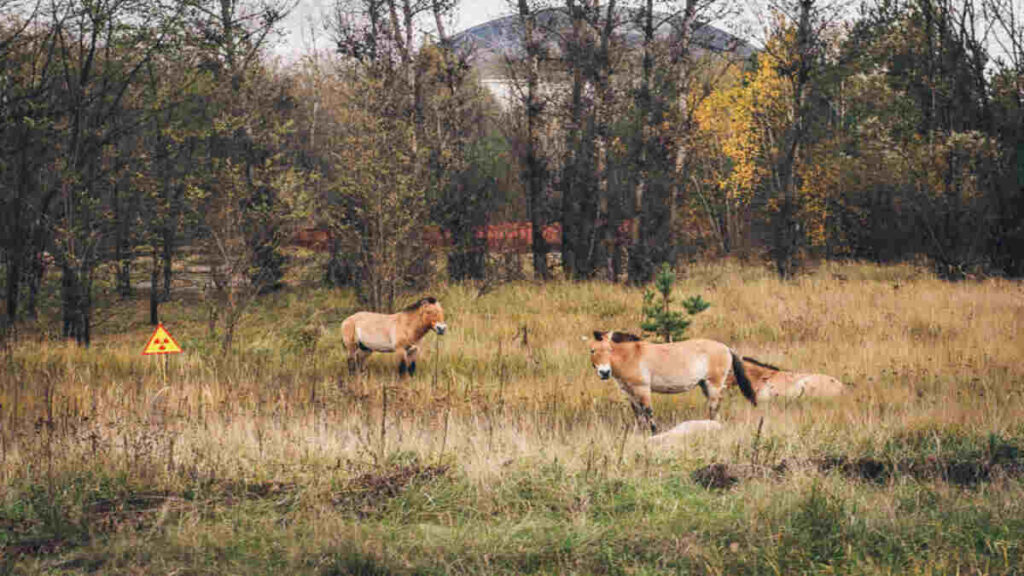
In the decades since Chernobyl’s abandonment by humans, wildlife has repopulated and flourished in the absence of human activity. The exclusion zone, which spans approximately 2,600 square kilometers around the Chernobyl Nuclear Power Plant, has become an unintended sanctuary for diverse species. These include birds, mammals, insects, and even rare breeds of horses.
A near-extinct breed of horse, the Przewalski’s horse, was reintroduced to Chernobyl in the hopes that an environment un-impacted by humans might allow the endangered species to expand. Since their introduction, the Przewalski’s horses have nearly doubled their population, providing a glimmer of hope amid the devastation wrought by the nuclear disaster.
ALSO READ: Cougar Attacks Washington Cyclist, Leaving One Woman Hospitalized
Uncovering the Mysteries of Chernobyl’s Animals
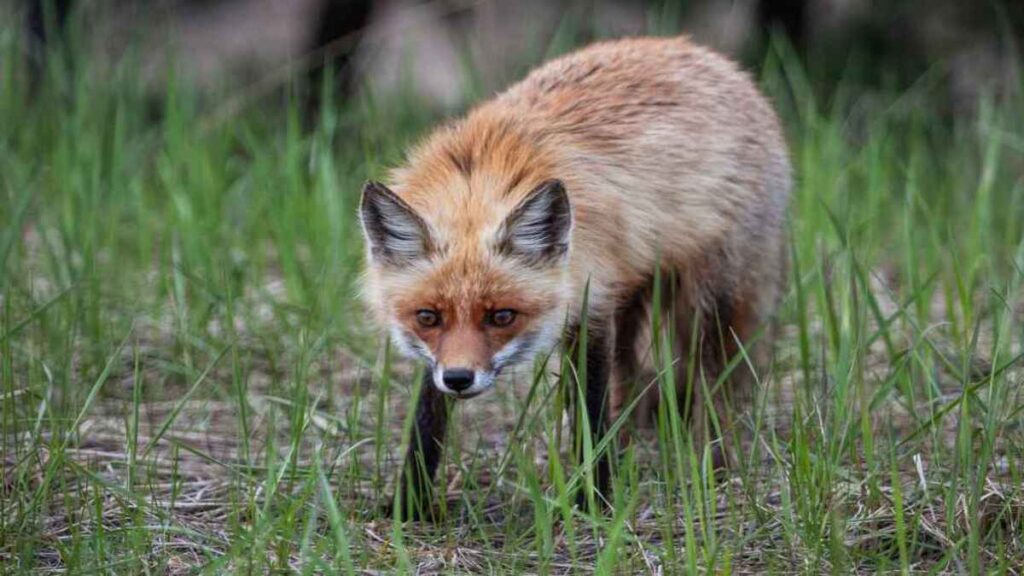
Many of the animals in Chernobyl have exploded in population, baffling scientists with their abilities to reproduce in such an environment. Researchers from Princeton began studying these animals in 2014 to understand how these animals have been able to survive radiation that is six times the amount a human body can tolerate.
Tracking and Researching the Gray Wolf Population Cara Love, head of the research team sent to Chernobyl, directed efforts toward drawing blood samples and placing trackers on the gray wolves that roam the CEZ. The radio tracking collars were also able to transmit constant information about the amount of radiation the wolves were exposed to.
Dr. Love stated that the team got “real-time measurements of where they are and how much [radiation] they are exposed to.” With these methods, the team discovered that the wolves of Chernobyl had altered immune systems, a remarkable adaptation to their radioactive environment.
Revealing the Anti-Cancer Properties of Chernobyl’s Wolves
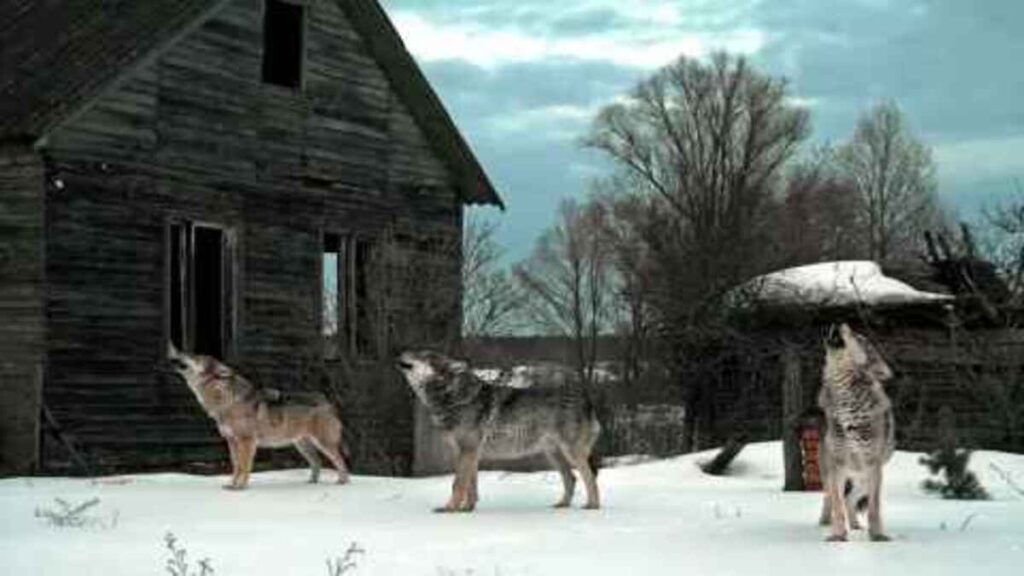
Further analysis of the genetic make-up of the wolves found that many genes linked to cancer were altered. These mutations appear to have evolved in response to the radiation, leaving the wolves with immune defenses humans do not possess. Researchers wonder how widespread this resiliency is among all the animals that are now the primary occupants of the CEZ.
Comparing multiple populations, the team from Princeton noted that the mutated DNA of the wolves within the CEZ was distinct from the DNA of other wolves outside the 1,000-mile radius. These findings could revolutionize cancer research, offering insights into novel treatments and preventive measures for human patients.
POLL — Is Climate Change a Major Threat That Requires Immediate Policy Action?
How Chernobyl’s Wolves Could Change Cancer Research

The mutations in this gray wolf population might hold the key to life-saving treatments for human cancer patients.
There is abundant research about the genes that increase the risk of cancer in humans, but Love’s team hopes that these wolves can also pave the way for research into protective mutations. By understanding how these wolves have adapted to their radioactive environment, scientists may unlock new strategies for combating cancer and enhancing human health.
Other Mutations in Chernobyl’s Animal Population
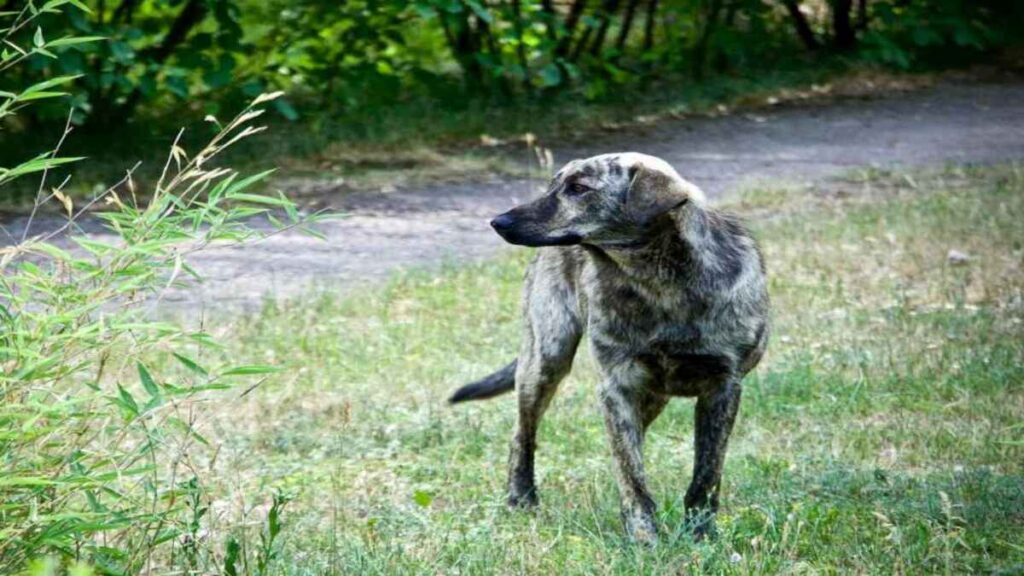
Chernobyl’s radiation has caused countless other mutations in the animals that reside there, providing a unique opportunity to study the effects of radiation on genetic diversity.
Scientists have discovered mutated tree frogs with unique pigmentation and dogs with a completely different genetic profile from their counterparts outside the CEZ. Many of these mutations still require extensive study until we fully understand the reasons behind the animal population’s continued survival in Chernobyl.
ALSO READ: Oregon Officials Offer $50,000 for Information on Three Endangered Gray Wolves Found Dead
Barriers to Continued Study
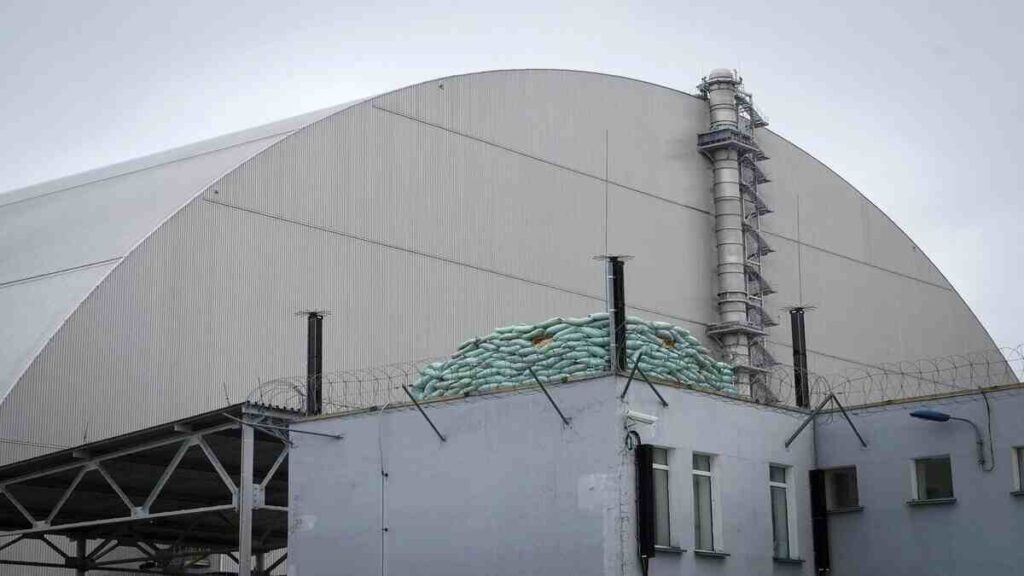
Although Chernobyl’s mutated animals hold enormous medical research potential, scientists have been unable to enter the CEZ in recent years due to the war in Ukraine and continued danger. Dr. Love commented on the issue: “Our priority is for people and collaborators there to be as safe as possible.” The CEZ has become even more dangerous as a result of the war, with landmines becoming a familiar presence in the area.
Before the war began, the onset of the COVID-19 pandemic also complicated access to the region. Despite these challenges, researchers remain hopeful that they will be able to resume their studies once conditions improve, as the insights gained from studying Chernobyl’s unique ecosystem could have far-reaching implications for science and medicine.
Current Discoveries and Efforts
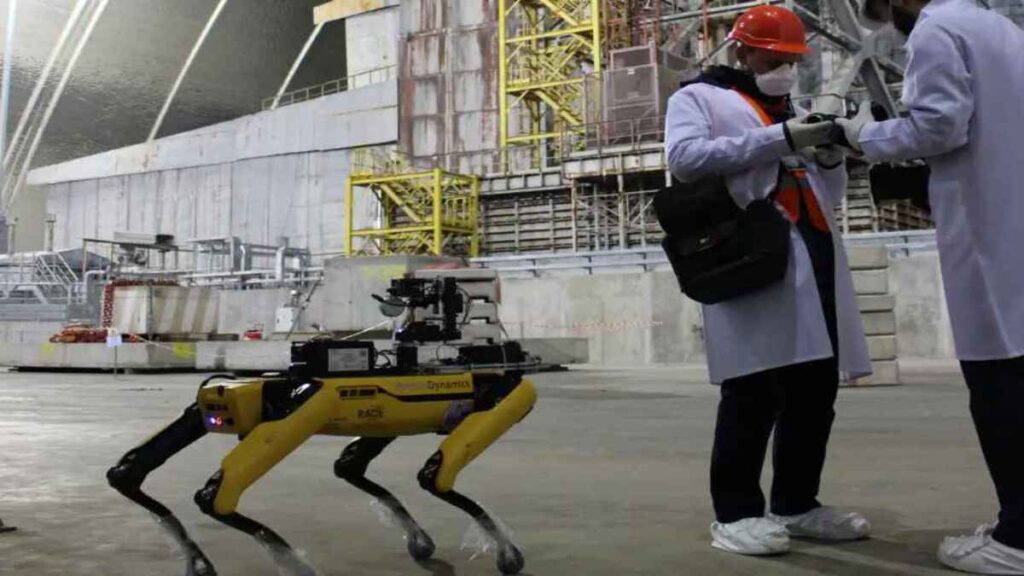
Although the CEZ itself has become inaccessible, related research has appeared elsewhere since the presentation of the wolf discovery at the Annual Meeting of the Society of Integrative and Comparative Biology in Seattle this year.
Studies involving cancer-causing genes in dogs have led to significant discoveries around combating the disease. Researchers hope that once the CEZ is accessible, these breakthroughs can be used in tandem with the unusual genetic landscape of Chernobyl further to advance our understanding of cancer and radiation biology.
You Might Also Like:
Navient Transfers Student Loan Borrowers’ Debt to Company Notorious for Poor Service
“Losers Are Never Graceful!” Biden Says Trump Won’t Accept 2024 Election Results
Advocacy Group Calls for Oklahoma Education Superintendent Removal Over Anti-LGBTQ Rhetoric
Indiana State Rep Introduces Bill Forcing Kids to Work Full-Time on Farms
Kanye West Tells Kim Kardashian to Take Their Kids Out of Their School
